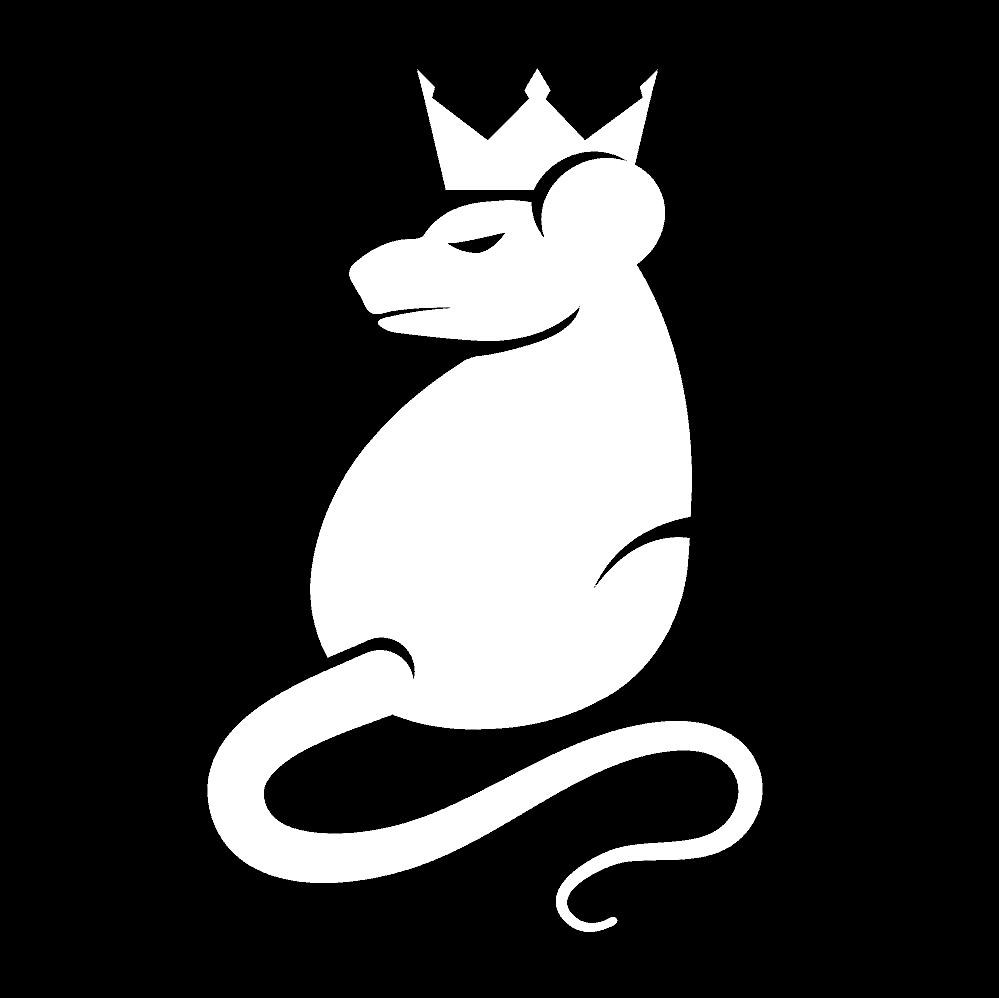The Spark
DemoDay 2024 was unlike anything we had done before. Up until that point we had lived inside competitions, hackathons, and side projects that came and went in bursts of solder smoke and sleepless nights. But this time we were stepping onto a stage with something more than a robot or a prototype. We were stepping out with an idea that hinted at a future beyond competitions. DemoDay was where the spark first caught.
“DemoDay was where the spark first caught.”
From CanSats to Crops
Our concept was born out of the CanSat hardware we had been developing for years. Small, rugged payloads that had to survive violent launches, shaky parachute descents, and hard landings in unpredictable terrain. It suddenly made sense to take that know-how and point it at something closer to home. Farmers deal with the same constraints as spacecraft: limited power, unforgiving conditions, and the need to get maximum value out of simple, reliable sensors. What if the same stubborn hardware that flew in competitions could also track soil and water quality in the field? What if we could build something low power, low cost, and smart enough to learn as it went?
The Prototype
The prototype we presented was modest, but it carried ambition far larger than its size. A sensing module that monitored environmental factors critical to agriculture, built around the same principles that made our CanSats tough and efficient. At its heart we embedded a machine learning model designed to recognize patterns and habits over time, turning streams of data into insights. Not just telling a farmer the soil was dry, but learning when it tended to happen and how it connected to their habits. It was about moving from raw numbers to guidance.
On Stage
Standing there, explaining this shift, felt different from pitching a robot or an algorithm. We were no longer chasing points on a scoreboard. We were talking about people, costs, access, and real world impact. The judges, mentors, and peers who listened did not just see a gadget. They saw potential. And when the results came, our pitch placed second overall. For a team better known for sleepless hackathons than polished business plans, that was both shocking and deeply validating.
“It was not the founding of a company. It was the first moment one was imaginable.”
The Boundary
But DemoDay 2024 was not the founding of Shobolinsky as a company. We did not walk off stage and register the name the next morning. That came later, in 2025, after more projects and more proof. What DemoDay gave us was the spark. The first glimmer that this chaotic cluster of experiments could grow into something real, something structured, something bigger than competitions. It was the moment we realized that our hardware could live outside the arena and the lab, that it could help solve problems for people far from space or robotics.
Looking Back
Looking back, DemoDay 2024 sits at the boundary between eras. Behind it are the years of hackathons, CTFs, and side projects that built our foundation. Ahead of it is the formal company, the flagship projects, and the long path toward building real hardware for real missions. It was not the start of Shobolinsky the company, but it was the first moment Shobolinsky as a company was imaginable.


